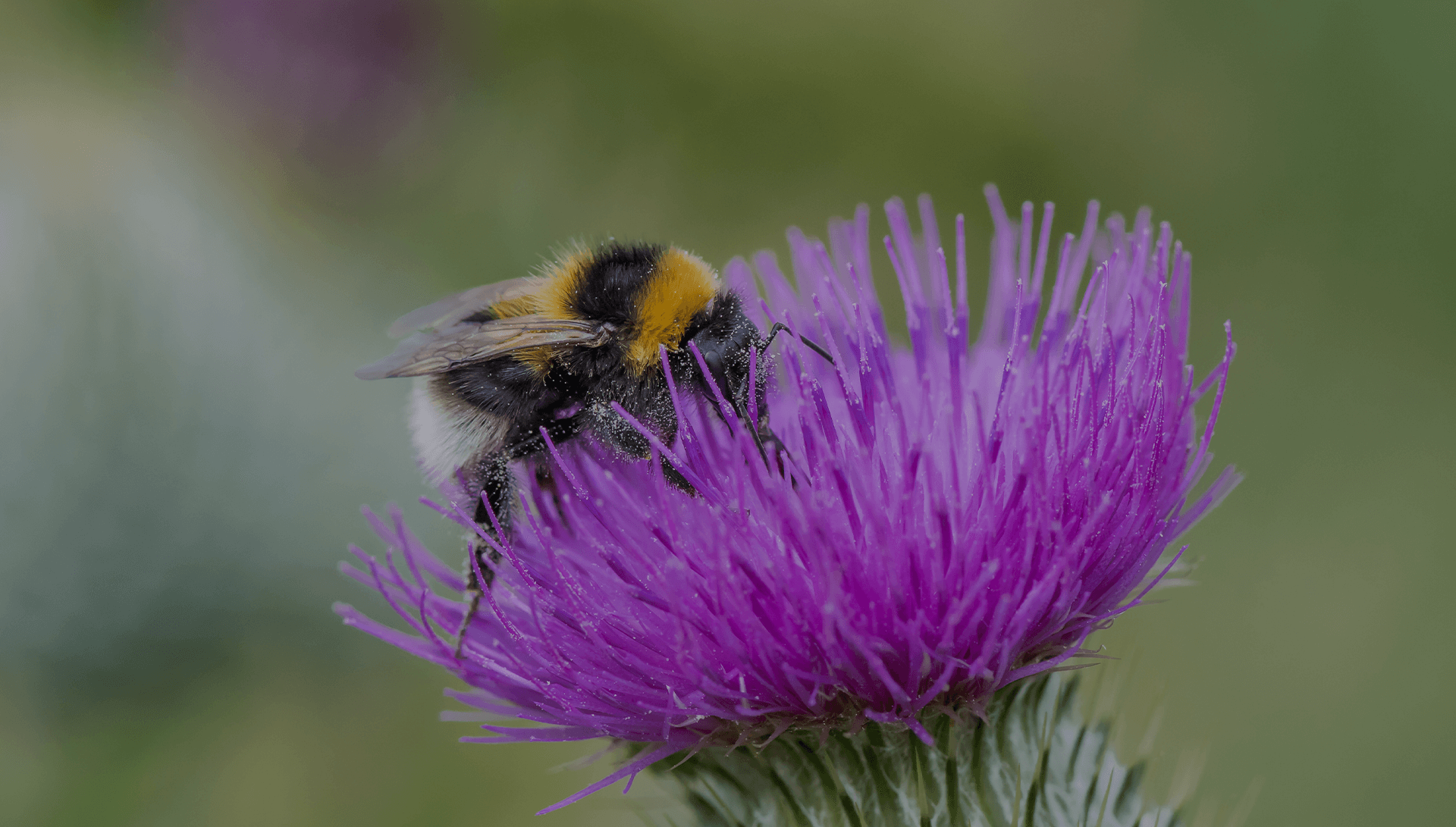
Why Save Bumblebees?

KELLY’S PARTNERSHIP WITH BUMBLEBEE CONSERVATION TRUST
Click here to find out how to plant your free seeds!
At Kelly’s we take quality very seriously, which is why we partnered with the amazing team at the Bumblebee Conservation Trust. The Bumblebee Conservation Trust is the only charity dedicated wholly to saving the UK’s bumblebees. In 2021 they want to inspire everyone to #BeeTheChange and take action to make their local areas more bumblebee-friendly.
Bumblebees are wild pollinators, which are essential for sustainable farming but declining worldwide for a variety of complex reasons. When land is managed appropriately, farmed countryside can provide a home for bumblebees whilst still producing food and helping to reverse pollinator decline. Kelly’s only uses fresh milk and cream from local Cornish dairy herds, meaning our ingredients are sourced just down the road from our factory in Bodmin. We have partnered with the Bumblebee Conservation Trust, supporting sustainable local farming which will give better, bumblebee friendly meadows.
Better Meadows = Happy Cows = Good Quality Dairy=Great Tasting Ice Cream!
The Fowey Valley bumblebee project links national science and conservation charity the Bumblebee Conservation Trust with local businesses, farmers and landowners and scientists from the University of Exeter. The project is managed by the Bumblebee Conservation Trust and funded by the Prince of Wales Charitable Foundation and Kelly’s of Cornwall.
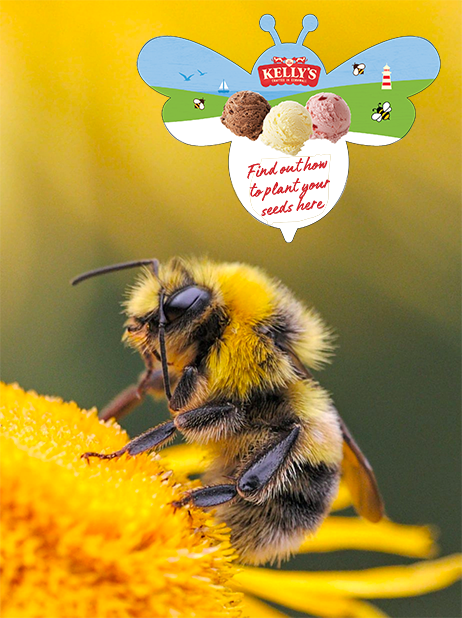
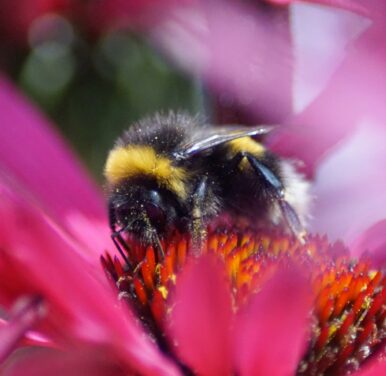
Join us to help save Cornwall’s little heroes!
You can help to save these little heroes. Head on over to the bumblebee conservation trust and get involved.
More information:
- Instagram @BumblebeeConservationTrust
- Facebook @BumblebeeConservationTrust
- YouTube @BumblebeeTrust
- Twitter @BumblebeeTrust
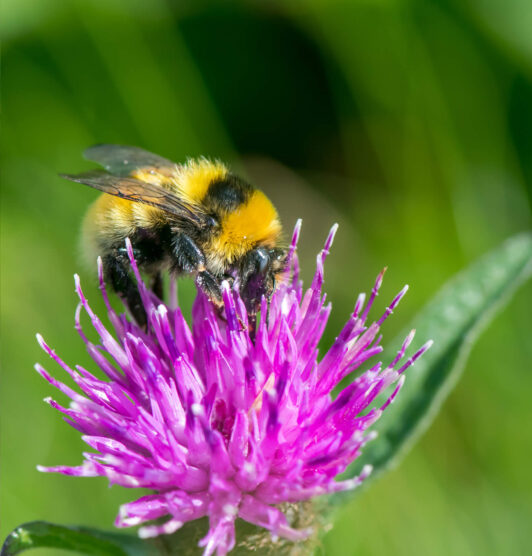
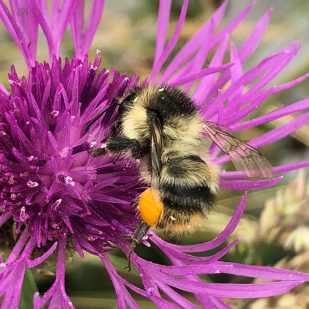
BEE-FACTS?
Half our UK bumblebees are currently struggling to survive.
Bumblebee colonies only last a few months and the new Queen, once mated, will go into hibernation over winter.
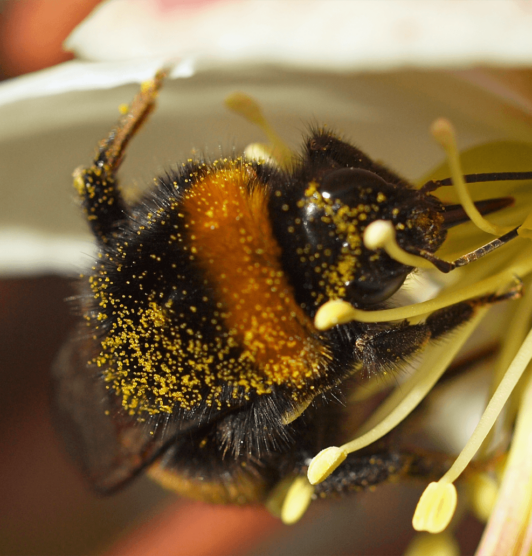
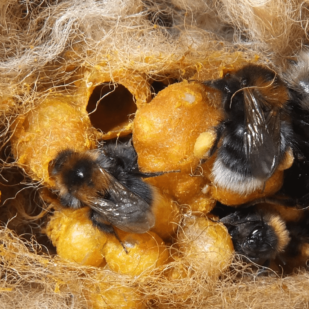
BEE-FACTS!
Bumblebees have smelly feet
In 2008, a colony of bumblebees was discovered on Mount Everest at more than 5,600 meters (18,400 feet) above sea level, the highest known altitude for any insect.
